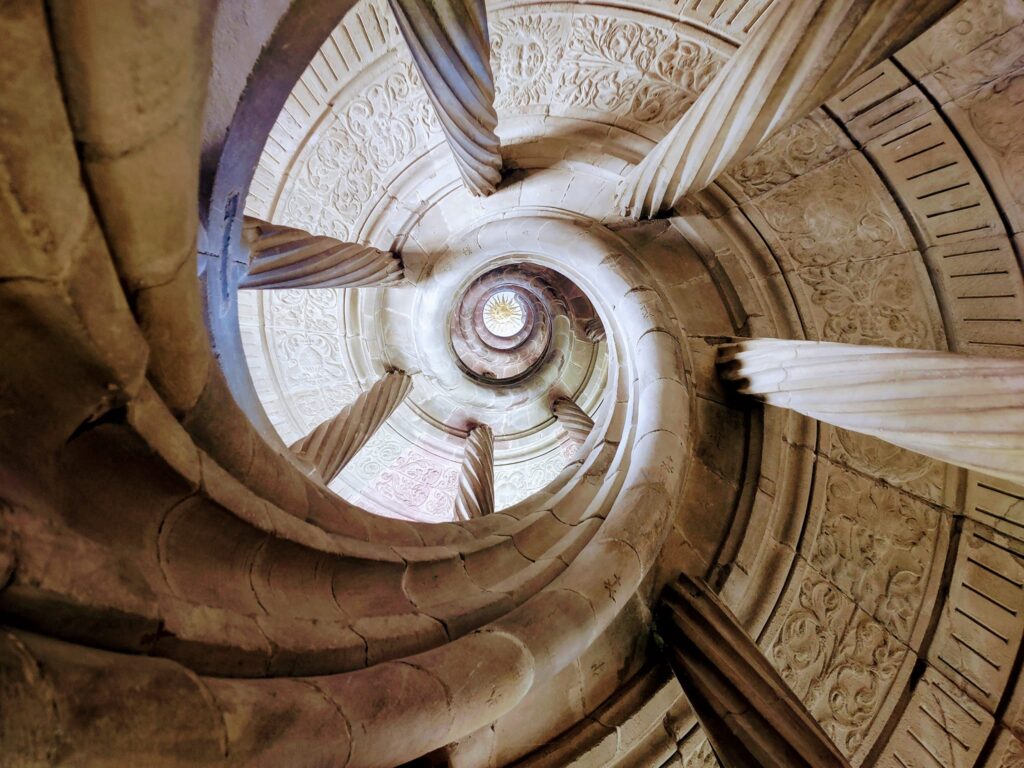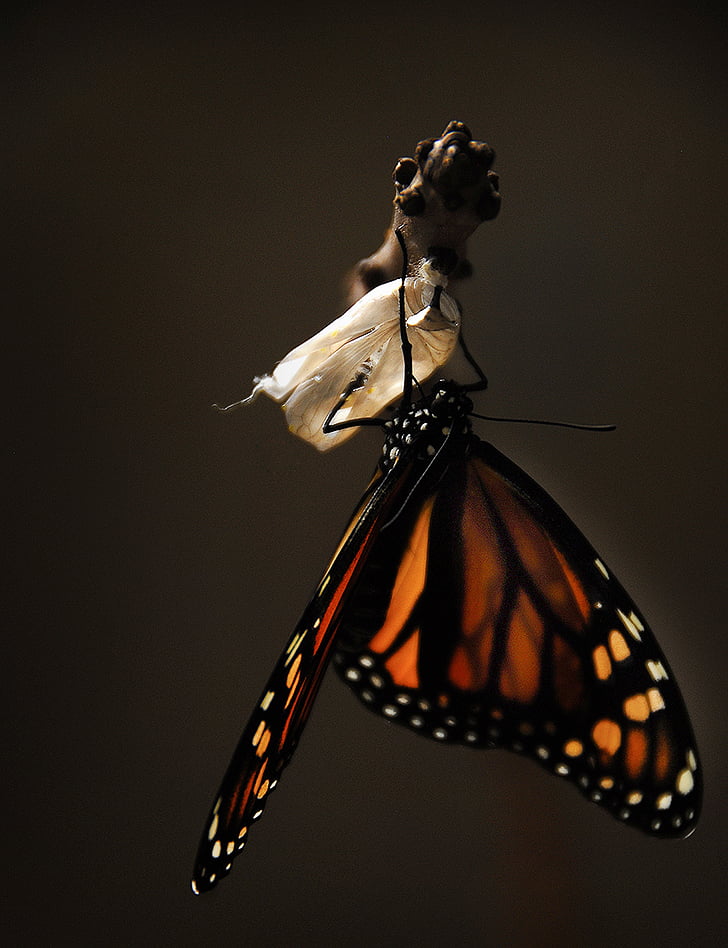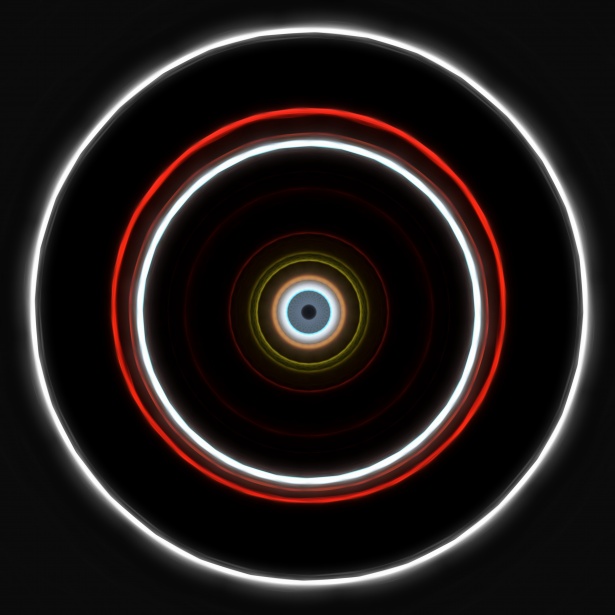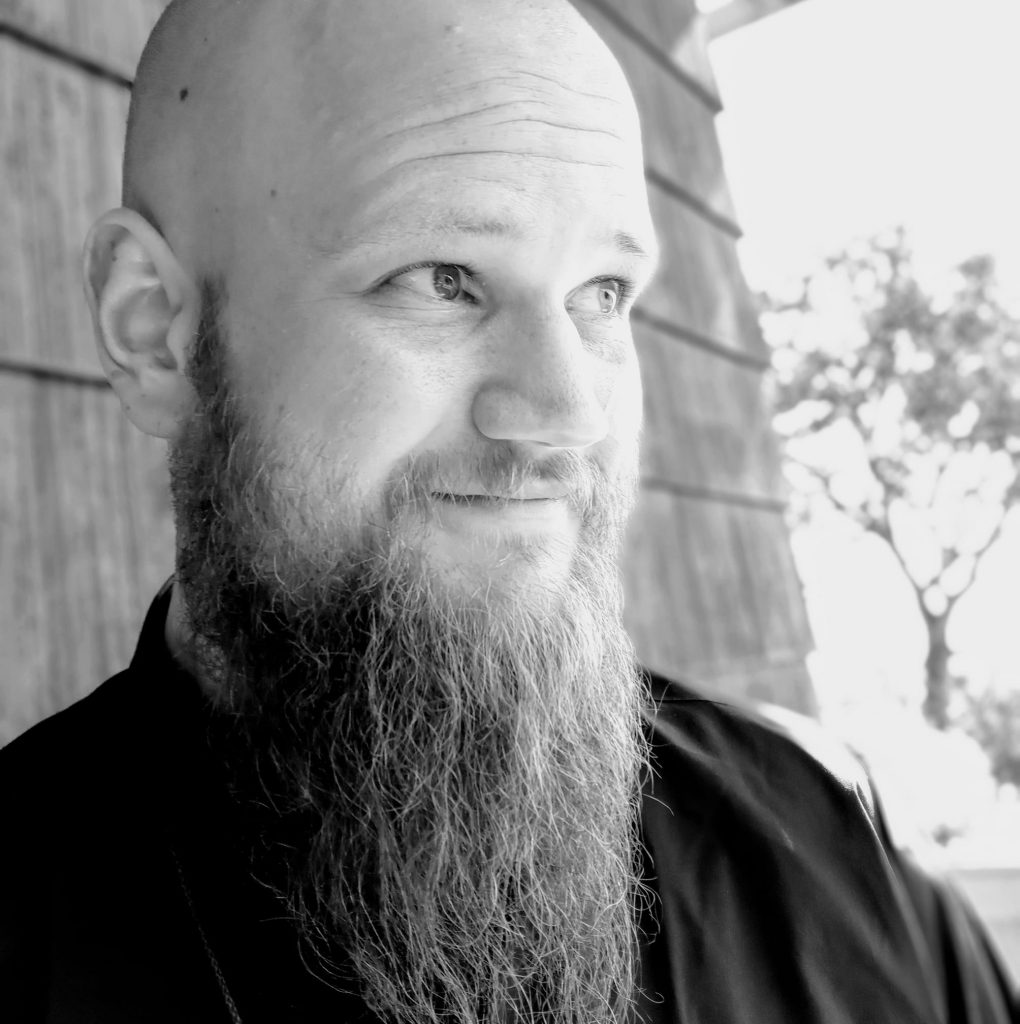
“The spiritual regeneration of man is brought about by the divine power of God entering and becoming self-conscious in man, so that his whole being becomes filled with God as the darkness becomes filled with light.” -Jacob Boehme (1)
In this piece, I will be discussing what I believe is the very core of Swedenborgian spirituality. Everything else is secondary. And that’s the process of re-generation. Swedenborg, in his teaching identifies three major stages in his dynamic of spiritual transformation, which are commonly translated, directly from the Latin, as: Repentance, Reformation, and Regeneration. In our modern cultural vernacular, the word repentance justifiably often evokes negative feelings. We are tired of people identifying behaviors, ideas and lifestyles as improper and then judging us based on their own, often deeply inaccurate assessment of our reality. Too often we simply become automatons of somebody else’s flawed standards. The process of repentance is an inner process, not meant to appease or apologize to some angry or judgmental deity (both anger and judgmentalness are NOT attributes of the Divine, but of us). Repentance is the beginning of an inner putting-things-in-order. An intimate, personal process.
“The Divine has no glory from our humiliation, adoration, thanksgiving, and such things. In the Divine, anything of the love of self is utterly inconceivable -that such things should be done for God’s own sake-; but they are for the sake of ourselves; for when we are in humility we can receive good from the Lord, because he has then been separated from our self centered love, which is the obstacle. Therefore the Lord desires a state of humility and gratitude in us for our own sake; because when we are in this state the Lord can flow in with heavenly good.” –Secrets of Heaven n. §5957 (2)
In other words, when we are in a state in which we consciously acknowledge our limited-ness and identify the divine attributes in our inner lives, as well as those things that are holding us back from fully receiving and embodying the divine inflow, such as anger, fear, resentment, prejudice, when we observe and acknowledge their reality, and make a conscious decision to embrace and cultivate divine love and wisdom within us, we take the first step toward regeneration.
As you know, Swedenborg loved to point to nature as a living example and symbolic representation of spiritual processes. We probably all heard some cute variation about the caterpillar becoming a butterfly. It’s a sweet and profound image of transformation as it is, but there really is some deep spiritual significance to this image.
Picture the caterpillar when it’s ready to take the next step in its self-development, and undergo that miraculous alchemical transformation in the cocoon. In order to enter that state, the caterpillar needs to get into the right external state first. It can’t just cocoon itself anywhere. It needs to get itself into a state in which it is receptive of enough heat and light to make the process fruitful. The heat and light are not conditional, but freely given, but there must be an active process of receptivity.
Relating this to our human spiritual journey, there needs to be agency. There needs to be active consent. That’s a major prerequisite for spiritual growth, it is never forced upon us, and relies on our willingness to receive that inflow of light and warmth, aka divine wisdom and love. This perparatory stage is the process of repentance. (A fascinating and slightly weird and random side note, is that Swedenborg believed that when insects are in the cocoon stage, they are in a state of ecstasy.)
In Swedenborg’s esoteric reading of scripture, he points to John the Baptist as a symbolic representation of this state. A state that occurs within us. And what’s really important about that symbolism is that John, while mistaken by some to be the messiah, is actually just a very imperfect human tool which is to fill its role, and then make way for something that is the real deal. The ultimate image of the divine (or divined) human. That shift from the imperfect human initiative of repentance to the divinely initiated Union is very beautifully symbolic of the next stage we’ll talk about.

We all know what happens next, once the cocoon has been situated in a place where it has the right temperature, light, and has done its due diligence to avoid setting its cocoon next to an ant colony, or a bird’s nest, the caterpillar becomes re-shaped. It gradually takes on a different form. It is being re-formed. That’s that second stage, the stage of reformation. And there’s a very important aspect to this process. Notice that the cocoon process is something that happens to the caterpillar, not something it has to earn, and not something it needs to know exactly how to do.
Likewise the process of re-formation, while it may seem to us like we’re doing it on our own, follows a very intentional divine design. It’s a gentle, gradual, nurturing process. This idea really helps me because as I’m sure we all know, it can be hard, if not impossible for us to always know what the most regenerative thing to do might be… “How do we live a life that is both loving and truthful? How can we possibly grow spiritually, grow into kinder, wiser people with this toxic family member, or friend, or coworker? How can we cultivate compassion at the sight of such injustice?”
Swedenborg claims that that uncertainty is ok. It’s not something to be afraid of. Because while we may think that we’re on our own, we are actually guided and nurtured by a divinely instituted growth process. As long as we take that first step, that step of situating ourselves in a receptive position, we will have gentle guidance and help as to how we can truly undergo that process of inner transformation, re-formation.
Bringing things back to our concrete human spiritual psyche, he emphasizes the formation of spiritual insight, the reception of divine wisdom and understanding. This is not necessarily an intellectual exercise, there being a major difference, and not necessarily a correlation between “natural wisdom” and “spiritual wisdom”. It’s a kind of understanding that we might liken to “spiritual aha-moments”. You might be able to relate to this, there’s a beautiful kind of wisdom, of under standing, that we reach when we are actively growing spiritually. Profound insights about the nature of life, the nature of divinity, and our own angelic nature. We start creating an inner framework that compliments and affirms our active embrace and embodiment of love and wisdom, and this transcendent, angelic understanding of spiritual truth is not static, it is not lifeless. There’s an alchemical union of love and wisdom within us, where the knowledge of God’s love becomes enlivened by our active, conscious experience and manifestation of God’s love. That is the process of re-generation, of re-birth, re-enliven-ment. It’s a holistic process that involves both our understanding and our will to live that understanding. Our loosing “Our-selves” in God.
There is a very important difference between exoteric and esoteric spirituality. In an exoteric framework, as the term suggests, we are concerned with external, outward religious observance. Our religious path consists in viewing God as an external entity to be admired, worshiped, and conceptualized. It consists in following external rules based on a belief in some kind of divine reward or punishment. It consists in looking to other people, gurus, teachers, saints, clergy, religious authorities to be an intermediary between us and the divine. There certainly are stages in which an externally focused religiosity can fill its function, as a stage in our development, but Swedenborg and other esoteric teachers believed that the way to go upward is to go inward. It doesn’t mean rejecting or antagonizing the outer, but to recognize it was what it is. At best, a pointer inward.
Swedenborg is very much a Neoplatonist in his conceptualization of ultimate reality. There is a core at the center, God, the Spiritual sun, Love and Wisdom, and various outward emanations from that center. The center is both the source of all emanations, and the ultimate reality of being. It’s a very clear hierarchy. It even makes sense if you imagine it geometrically as a source and its emanations… The further you move inward, the more you move towards one-ness, the more connected you become with the spiritual world and ultimately with the divine.

Like so many others in that tradition Swedenborg saw our spiritual journey as a journey not parallel to, not in service of, that center, but an explicitly inward journey, slowly opening our being and our self-realization up to the inner, the spiritual, the angelic, and recognizing that reality is a matter of degrees, and the more outward we go, the more we focus on the me and the mine and the when and the where, the less we are in touch with ultimate reality. He believed that we exist, right now, on all of those planes, in all of those dimensions, it’s just that our identification is fixed on the outer layers, it’s basically in reverse order where we view our own mind-body experience as the ultimate and most real, the spiritual as a somewhat removed reality, and the divine somewhere on the unreachable outskirts. Repentance, Reformation, and Regeneration is a reversal of that flawed perception.
Mysticism is when the transcendent encounters the mundane to the point of union. When the small Self, the proprium, “loses itself” in the ultimate, in God. While we may not experience it as rapturous or ecstatic, Regeneration is the ultimate mystical experience because it is the actual, literal, tangible experience of union with God, or acting not from our “human” desires or ideas, but as a literal vessel and embodiment of the divine. This, by the way, is the definition of an angel. It is not simply a person that has left their physical body after having physically died, and now “lives in heaven”. Swedenborg reminds us that each of us IS a heaven, and we are all angel-people when we are in this state of union, regardless of whether we exist on the natural plane or not. Heaven is now.
Some of us may have ecstatic transcendental metaphysical experiences, others may find that truly being present with what is, like Brother Lawrence’s active mysticism of “The Practice of the Presence of God” in all our mundane activities as being ultimately an experience of mystical union. “God lives among the pots and pans”, as he writes. We can lose ourselves in something as “trivial” as doing the dishes, making food for our friends or family, walking our dog, or just being nonjudgmentally present with another person…
This quote from the Rosicrucian thinker Ralph Lewis expresses what I’m trying to communicate when I talk about active, engaged mysticism:
“If you would know a mystic, do not confine your search to monasteries and temples, but look also on the highways and byways, in towns, hamlets, and in the hustle and bustle of the great cosmopolitan centers of the world. When you find someone who is industrious, studious, compassionate, loved by friends, and neighbors, tolerant in religious views, and who can point out to you the magnificence and efficacy of God in the simplest of things, you have found a mystic. With these qualities, whether one is attired in sacerdotal robe or in the overalls of a mechanic, one is none the less a mystic.” (3)
Mystical union with God is NOT an abstract, ethereal, or magical process reserved for prophets, hermits, clairvoyants, saints or spirit-seers:
“Every person is created to live forever in a state of happiness.” –Divine Providence §324 (4)
In fact, we are ALL designed, each and every one of us, to experience that union. We are all designed for angelhood, just like every caterpillar is designed to become a butterfly. And to be in a state of eternal bliss and happiness. I’m going to close my reflection with what I personally find to be Swedenborg’s ultimate summary of the entirety of Swedenborgian spirituality and cosmology:
“The universal end, that is, the end of all things of creation, is that there may be an eternal conjunction of the Creator with the created universe; and this is not possible unless there are subjects wherein His Divine can be as in Itself, thus in which it can dwell and abide. In order that these subjects may be dwelling-places and mansions of Him, they must be recipients of His love and wisdom as of themselves; such, therefore, which will elevate themselves to the Creator as of themselves, and conjoin themselves with Him.” (5)

(1) Boehme, Jacob. Regeneration: The New Birth. Kraus House, 2016.
(2) Swedenborg, Emanuel. Secrets of Heaven. West Chester: Swedenborg Foundation, 2022.
(3) Lewis, Ralph Maxwell. The Sanctuary of Self. San Jose: A.M.O.R.C., 1948, 1976, 1981, 1987, 1990 and 2015
(4) Swedenborg, Emanuel. Divine Providence. Translated by George F. Dole. West Chester, PA: Swedenborg Foundation, 2010.
(5) Swedenborg, Emanuel. Divine Love and Wisdom. Translated by George F. Dole. West Chester: Swedenborg Foundation, 2010.

Rev. Thom Muller is pastor at the Swedenborgian Society of the East Bay at Hillside, an Urban Sanctuary, in El Cerrito, CA, as well as senior editor of Our Daily Bread. His passions include the intersection of spirituality and psychology, interfaith theology, and the Western esoteric tradition. A native of Germany, Rev. Muller was ordained into the ministry of the Swedenborgian Church of North America in 2016, upon receiving his theological education at Bryn Athyn College of the New Church and the Center for Swedenborgian Studies and Pacific School of Religion at the Graduate Theological Union in Berkeley.